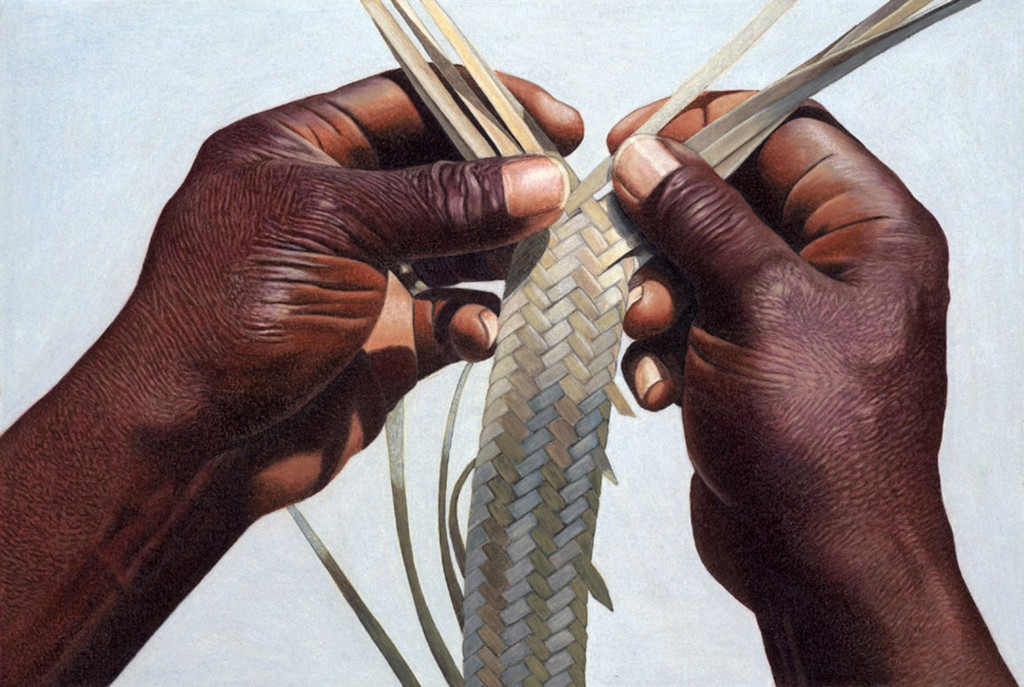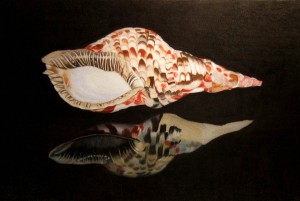As you get older, richer and hopefully wiser, you realize that there is a need for a little ‘culture’ in your life. It’s time to move into adulthood with ‘serious’ art work. But, how do you do it without breaking the bank? This is a guest post by Kim Smith, who is an internationally recognized pencil artist best known for his hyper-realistic images of the natural environment and historical architecture. Since moving from Canada to The Bahamas more than 30 years ago, Smith has made the “up close and personal ” pictures of Bahamian scenes his signature style. Here he walks us through how to get started as a serious art collector at an affordable price.
Take it away Kim.
Getting Started
In a depressed economic climate, many people who love art and want to begin collecting are often intimidated by the prices of original art exhibited by local artists. Without “breaking the bank” it is still possible to build an affordable art collection.
Collecting Limited Edition prints is something that is enjoyed by people all over the world. Some collect for the pleasure of owning an exclusive piece of art while others collect for the potential profit that they could make in the years to come. Collecting art should become an evolutionary process. By starting your art collection with limited edition prints you will find that your preferences for, and knowledge of art will grow to the point where you will be able to afford original artwork and expand your collection.
Why Prints and Are They ‘Real’ Art?
Limited Edition prints ensure both the quality and essence of the artist’s work and are only one level below original art, allowing novice art collectors to acquire quality art at more affordable prices. The two most common processes of printing limited edition
prints are offset lithography and giclee. The results are very similar and any artist with integrity will only issue limited edition prints that are true to the original art work in terms of colour, detail, and sharpness. Each print in the edition is inspected by the artist and then individually hand signed and numbered by the artist, typically in pencil, in the form (e.g.): 14/100. The first number/top number is the number of the print itself. The second number/bottom number is the number of overall prints the artist will issue of that image. The lower the second/bottom number is, the fewer amount of prints are issued, making these smaller editions more valuable and collectible.
What To Look For In A Print
When purchasing limited edition art work, look for richness, clarity and archival qualities. Advanced printing techniques with fade resistant inks on archival quality paper will ensure that limited edition prints should survive for at least 70 years. A Certificate of Authenticity should always come with the limited edition print.
To protect your limited edition art you should always ensure that the art is framed using acid free materials, preferably conservation mounting and some type of UV protected glass. Depending on what framing shop you use, you may need to ask for these items specifically. Some stores will just put your print on whatever paper is at hand. This will destroy the print in time. While you are at, never hang your art in direct sunlight or illuminate your art with floodlights or a spotlight.
Bahamian Artists Online
Only a small number of artists in The Bahamas produce limited edition prints. myself, Max Taylor, Thierry Lamare, Marjolein Scott, Malcolm Rae, Nicole Minnis-Ferguson, and Roshanne Minnis-Eyma are just some of the professional artists who issue limited edition prints.
Conclusion
The key to beginning your art collection is to start small and choose art that is right for you. Try to select art images that make you
go “wow” and images that you will love and can live with for a long time.
To learn more about hyperrealism, art in The Bahamas, or improving your own drawing skills, visit
http://www.theplaceforart.org/



Speak Your Mind